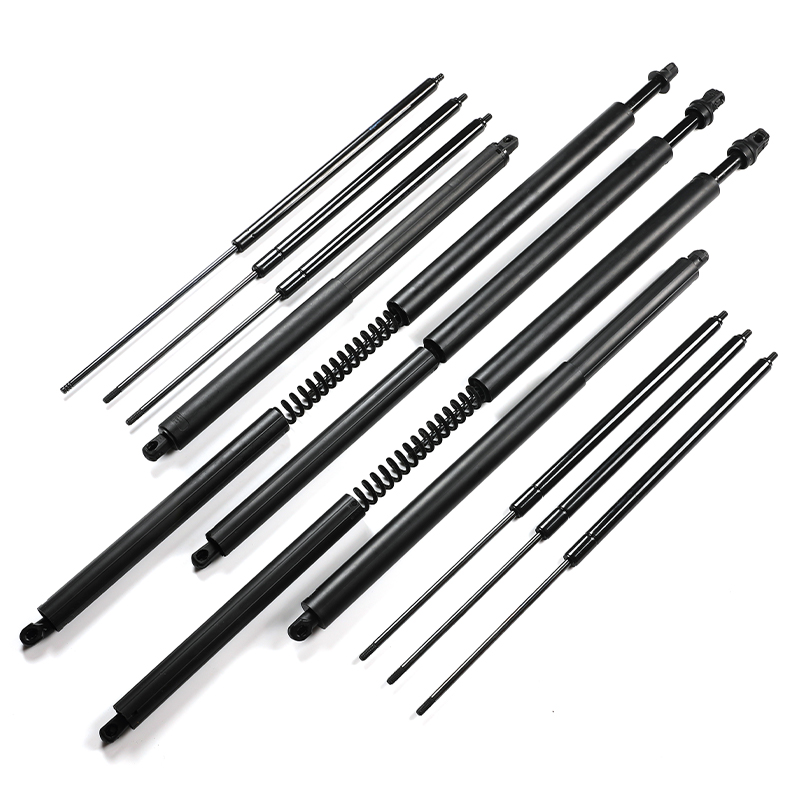Ensuring the safe operation of marine gas strut systems involves following best practices throughout their installation, maintenance, and usage. Here are some key best practices:
Proper Installation:
Follow manufacturer guidelines and specifications for installing
gas struts, including selecting appropriate mounting locations and ensuring secure attachment of mounting brackets and hardware.
Use corrosion-resistant materials and components suitable for marine environments to minimize the risk of deterioration over time.
Regular Inspection and Maintenance:
Periodically inspect gas struts for signs of wear, damage, or corrosion, including the condition of seals, mounting hardware, and gas strut bodies.
Lubricate moving parts as recommended by the manufacturer to ensure smooth operation and prevent premature wear.
Replace gas struts that show signs of leakage, loss of pressure, or other defects to maintain safe and reliable performance.
Load Capacity Considerations:
Avoid exceeding the maximum load capacity specified by the manufacturer for gas struts to prevent damage or failure.
Use appropriate gas strut sizes and configurations based on the weight and dimensions of the components they will be assisting.
Safety Precautions during Operation:
Exercise caution when operating components assisted by gas struts to avoid injury or damage.
Keep hands and fingers clear of moving parts and ensure that occupants are clear of the path of moving components, especially during opening and closing.
Be aware of potential hazards, such as sudden closure or unexpected movement of components, and take appropriate precautions to prevent accidents.
Temperature Considerations:
Be mindful of temperature fluctuations, as extreme heat or cold can affect the performance of gas struts.Choose gas struts rated for the expected temperature range in the marine environment where they will be used.
Ventilation and Airflow:
Ensure that gas struts installed above living areas or cabins do not obstruct ventilation or airflow, as poor ventilation can lead to discomfort or health hazards for occupants.
Training and Awareness:
Provide training and education to boat operators, crew members, and maintenance personnel on the safe operation and maintenance of gas strut systems.Ensure that individuals responsible for operating or maintaining gas strut systems are aware of potential hazards and know how to respond in case of emergencies.
By adhering to these best practices, boat owners, operators, and maintenance personnel can help ensure the safe and reliable operation of marine gas strut systems, minimizing the risk of accidents, injuries, and equipment damage. Regular inspection, maintenance, and adherence to manufacturer guidelines are essential for maximizing the lifespan and performance of gas strut systems in marine applications.
